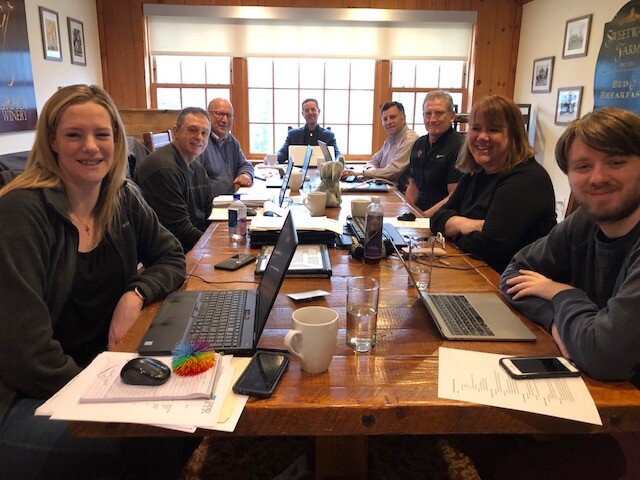
In my twenty plus years of working with CEO’s and their teams I’ve found that the basics of building a high-performing team are just that – “the basics”.
That doesn’t mean that creating a great team doesn’t take time or isn’t demanding. After all, teambuilding does involve human beings who are often challenging, definitely emotional and sometimes illogical.
But there are steps that you can take to improve your chances of success – and create an aligned, engaged and accountable team that gets results.
Here’s four of my strategies (and a few tips) to get your started:
1) The Right Players
Nothing works without the right Talent. Businesses thrive (or decline) because their people have the right skills, knowledge, experience, capabilities and drive to make things happen.
TIP: DON’T put people on your Leadership Team purely based on experience or technical expertise. DO look for passion and enthusiasm for the job, Culture Fit with your company and conduct competency based and biographical interviews with Job Scorecards to ensure the best fit.
2) A Foundation of Trust
Trust is the basis for all relationships, in life or business. Trust – specifically vulnerability-based trust – allows your team to open up and be transparent with each other. And, work through the challenges and issues that all growing companies face – together.
TIP: DO create the foundation for openness and honesty by building trust proactively among your leaders and your managers. Start with sharing personal histories. (HINT: Patrick Lencioni has some great questions to use.) Be a role model for your team and acknowledge that trust comes from shared experiences and constant reinforcement.
3) Clear Rules of Engagement
Ground rules, expectations of team members and standards of behavior – all written down and agreed to – help create clarity. Commonly held expectations give team members a “home base” that they can return to when there are misunderstandings and miscommunications.
TIP: DO seek to understand the style and preferences of each team member and how they handle conflict too. Remember that working together effectively requires a “calibration” process and misunderstandings will occur. Be patient with each other.
4) Disagree and then Commit
To support a decision, team members need to know that their opinions have been heard and taken seriously. Clarify around how decisions will be made is key to gaining buy in.
TIP: When the debate is done, ask for a commitment verbally from each member. Avoid assumptions by having team members re-state the final decision. Be explicit as the leader regarding your own expectations of what ‘committed behavior’ looks like and sounds like. DO write down the ‘Cascading Message’ so that all can see and hear.
Finally, ALWAYS own up to your own mistakes and what you’ve learned from them. Make that willingness to share and learn from errors a part of your culture. As a business colleague recently shared with me, “My value is not in my successes, but what I’ve learned from all of my failures and mistakes.”
